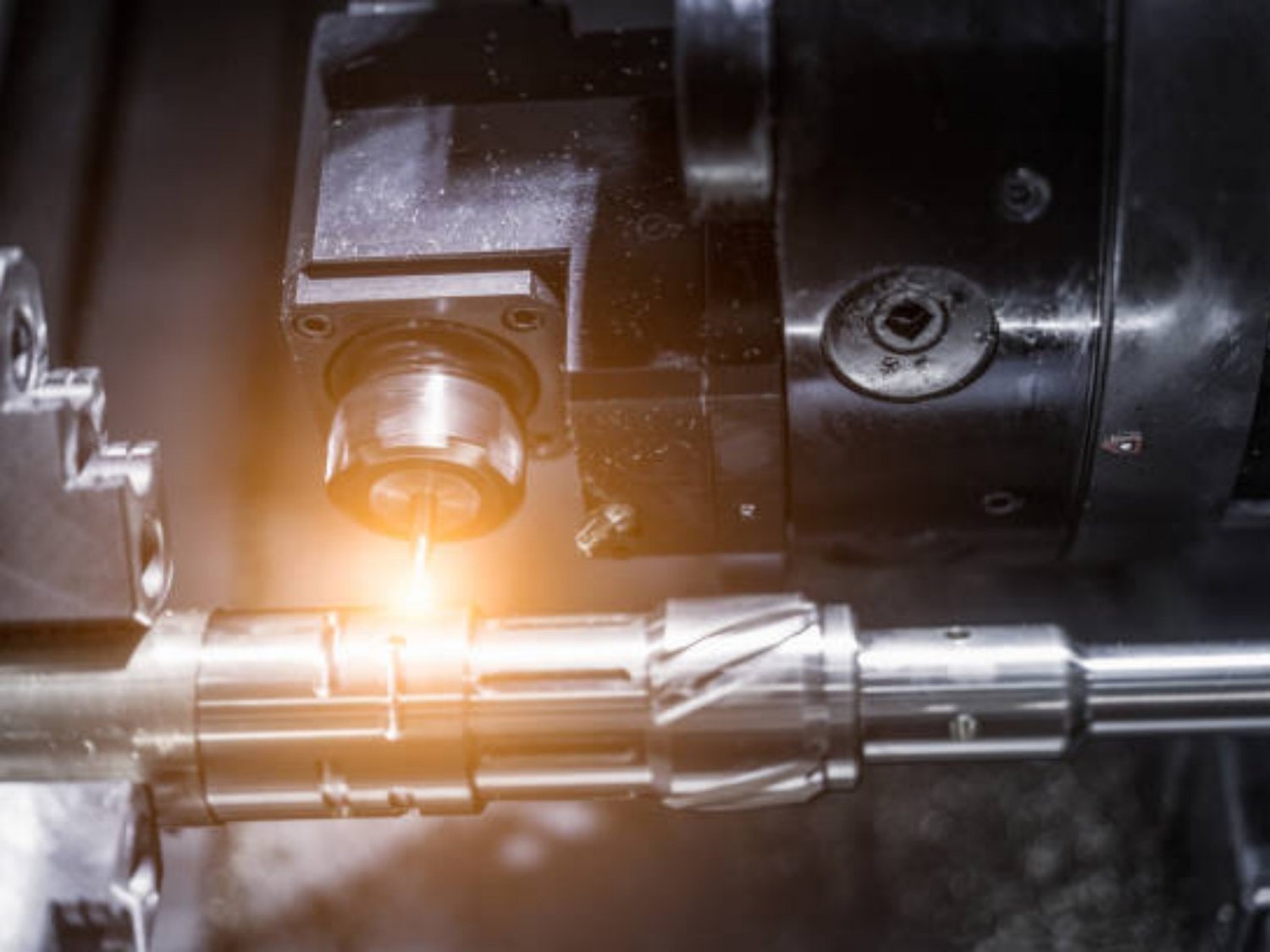Heat-Forging Machining: Unlocking the Power of Heat and Pressure
In the world of manufacturing, heat-forging machining has emerged as a groundbreaking technique that combines the power of heat and pressure to shape and transform metals. This innovative process has revolutionized the fabrication industry, allowing for the creation of complex and durable components that were once thought to be impossible to produce. In this article, we will explore the various aspects of heat-forging machining and delve into its applications, advantages, and future potential.
The Basics of Heat-Forging Machining
Heat-forging machining, also known as hot forging, is a metalworking process that involves the shaping of metal components using heat and pressure. The process begins by heating the metal to a specific temperature, typically above its recrystallization temperature, which allows the material to become malleable. Once the metal reaches the desired temperature, it is subjected to compressive forces using specialized machinery, such as hydraulic presses or hammers, to shape it into the desired form.
This technique offers several advantages over traditional machining methods. First and foremost, heat-forging machining allows for the creation of complex shapes and intricate designs that would be challenging or impossible to achieve using other methods. Furthermore, this process enhances the mechanical properties of the metal, resulting in components that are stronger, more durable, and less prone to defects. Heat-forging machining also offers excellent material utilization, as it minimizes waste by shaping the metal directly into the final form, reducing the need for additional machining or finishing processes.
Applications of Heat-Forging Machining
Heat-forging machining finds its applications in various industries, ranging from automotive and aerospace to oil and gas. Let's explore some of the key sectors that benefit from this innovative technique:
Automotive Industry
In the automotive industry, heat-forging machining plays a crucial role in the production of engine components, such as crankshafts, connecting rods, and camshafts. These components require exceptional strength and resistance to wear and tear, which can be achieved through the heat-forging process. By subjecting the metal to controlled heat and pressure, manufacturers can create components with superior mechanical properties, ensuring optimal performance and longevity of the final product.
Aerospace Industry
Heat-forging machining is highly valued in the aerospace industry for its ability to produce lightweight yet strong components. Aircraft engines, landing gear, and structural parts all benefit from the enhanced strength and durability achieved through the heat-forging process. The aerospace industry demands materials that can withstand extreme conditions and stresses, making heat-forging machining an ideal choice for fabricating components that meet these rigorous requirements.
Oil and Gas Industry
The oil and gas industry relies on heat-forging machining to manufacture critical components used in exploration, extraction, and refining processes. Equipment such as valves, flanges, and pipelines must withstand high pressures and corrosive environments. Heat-forging machining allows manufacturers to produce these components with the necessary strength and resistance to ensure safe and efficient operations in challenging conditions.
The Advantages of Heat-Forging Machining
Heat-forging machining offers numerous advantages over alternative manufacturing processes. Let's explore some of the key benefits:
Improved Strength and Durability
One of the primary advantages of heat-forging machining is the significant improvement in the mechanical properties of the metal. The combination of heat and pressure realigns the internal grain structure of the metal, resulting in increased strength, toughness, and resistance to fatigue. This makes heat-forged components ideal for applications that require exceptional durability and longevity.
Enhanced Material Utilization
Unlike traditional machining methods, which often result in significant material waste, heat-forging machining maximizes material utilization. By shaping the metal directly into the final form, the process minimizes the need for additional machining or finishing, reducing overall material wastage. This not only helps to optimize production costs but also makes heat-forging machining a more sustainable and environmentally friendly option.
Complex Shape Formation
Heat-forging machining allows for the creation of complex shapes and intricate designs that would be difficult or impossible to achieve using other manufacturing methods. The combination of heat and pressure provides the necessary malleability to shape the metal into intricate geometries, offering designers and engineers greater freedom and flexibility in component design.
Cost-Effective Production
In many cases, heat-forging machining can be a cost-effective option for producing metal components. By minimizing the need for additional machining processes and reducing material wastage, manufacturers can achieve significant cost savings. Additionally, the improved mechanical properties of heat-forged components often result in fewer maintenance requirements and longer service life, further reducing overall costs in the long run.
The Future of Heat-Forging Machining
As technology continues to advance, heat-forging machining is poised to play an even more significant role in the manufacturing industry. Researchers and engineers are constantly exploring ways to refine and improve this technique, pushing the boundaries of what is possible in terms of component design, material utilization, and production efficiency.
Advancements in computer simulations and modeling techniques enable manufacturers to simulate and optimize the heat-forging process, leading to improved component performance and reduced development time. Additionally, the integration of automation and robotics into heat-forging machining systems can enhance production capabilities, increase efficiency, and ensure consistent quality.
In conclusion, heat-forging machining has revolutionized the manufacturing industry by unlocking the power of heat and pressure. This innovative technique offers numerous advantages, including improved strength and durability, enhanced material utilization, complex shape formation, and cost-effective production. With its applications spanning across various industries and a promising future of continued advancements, heat-forging machining is set to shape the future of metal fabrication.

